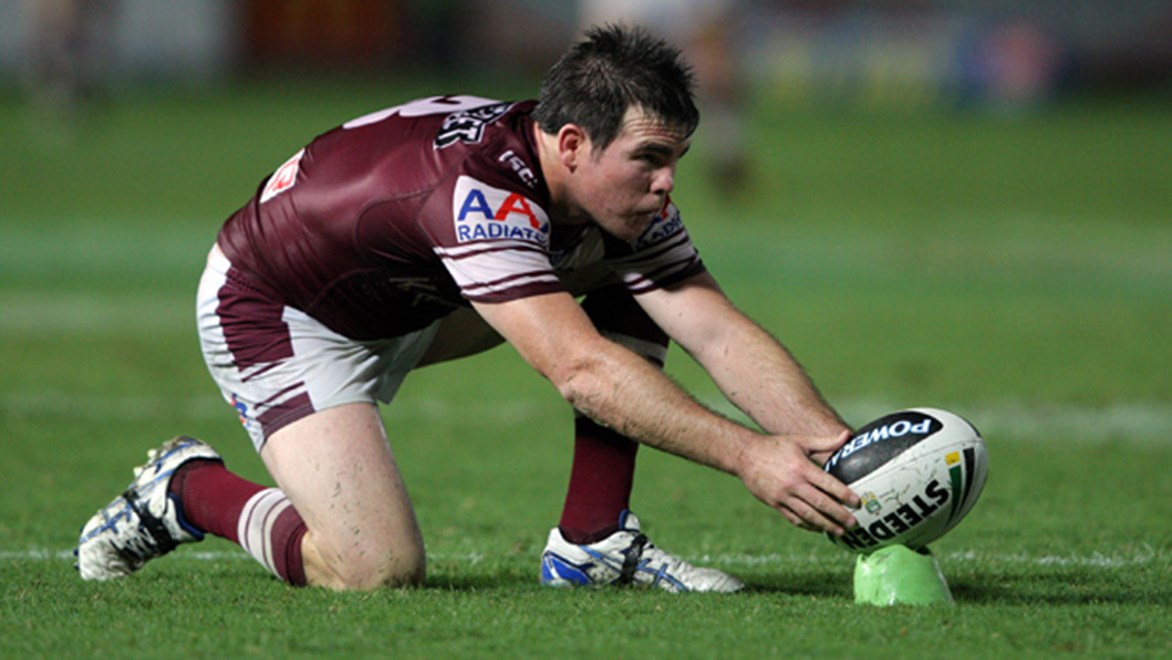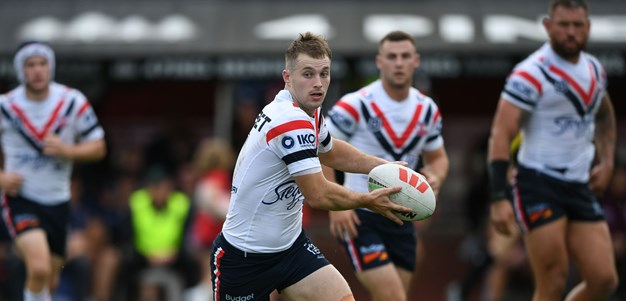

To take the two, or not to take the two after receiving a gift penalty in prime position – and yes, admit it: we’re all experts after the event.
How many times can you recall walking out of a ground after your team has suffered a narrow loss saying: “I knew we should have taken the two?”
Can you imagine the pressure on a player or coach in the heat of the game, when they are faced with this option?
It’s always a tough decision whether to kick for goal off a penalty and secure an almost certain two points, or take the gamble and back your side to pick up the six with a try and conversion.
It’s a tough predicament to be in; especially these days with most teams privileged enough to sport a sharp-shooter who rarely misses a goal inside the 20-metre line.
Some coaches leave the decision up to the captain and senior players on the field. They feel confident in their judgment. Other on-field leaders will peer straight towards the bench for direction, a signal from the coach on which way to go. In between all that, there’s thousands of screaming fans offering their opinion – all of this in the heat of the moment.
Coaches have different opinions and philosophies when it comes to “taking the two”. A lot of the time it comes down to what team you are playing, the players you have in your own team and obviously the scoreboard throughout the match.
If it makes mathematical sense to take the two points, such as drawing level late in a game, boosting a lead out beyond one, two or even more converted tries, it’s a given. And there’s an added psychological bonus – it forces the opposition to kick off again after you’ve gotten a result.
Believe it or not, the man in the middle can have an impact on whether or not a team opts to take a shot at goal or go for a try, especially if it’s figured the referee controlling the game uses the whistle more than others. Go-again plays smothered by a desperate opposition can yield another penalty.
Also, playing at home can weigh on a team’s decision. Penalty counts are more often than not ‘won’ by the home team.
Many NRL matches are closely contested these days, and points can be at a premium. A penalty goal might be the difference between winning and losing and securing those hard-fought competition points.
So far in 2013 the Knights (predictably) and the Cowboys (surprising) have elected to take penalty shots for goal on six occasions, the most by any NRL team.
Newcastle coach Wayne Bennett’s teams (the Knights and previously St George Illawarra) have nearly always preferred taking the two points when it’s been offered. So there was no surprise last Sunday early on against the Sharks. The Knights were handed a chance to extend their score at that stage to 8-nil. However, with scores locked at 8-all with three minutes to go before halftime, his team rejected a sure two points and went for the try. The decision paid off and the team scored via David Fa’alogo. It handed them a six-point advantage instead of two at halftime.
Early in the second half, the Sharks received a penalty in a similar position and as they often do, went for the try. They too succeeded, crossing via Beau Ryan and drawing level on the scoreboard.
It was interesting to note that with scores still level some eight minutes later, the Sharks elected to go for the try when receiving a penalty inside the Knights’ 20-metre line. They failed to score.
Despite not picking up the four-pointer, I have no doubt that it sapped some much-needed energy from the Knights. They were forced to dig deep and defend their try line. That energy could have been preserved and used much later in the game – given they suffered a golden point loss.
Interestingly the Knights received a penalty in the 57th minute with the teams still locked at 14-all and surprisingly rejected the shot for goal. They then failed to score in the next set of six before turning the ball over to the Sharks.
(What would have also bemused both coaches in this game is that in the first 57 minutes there were 16 penalties awarded, but in the final 23 minutes and four minutes of golden point there was not one penalty awarded to either team.)
In contrast, when Wayne Bennett was coaching at the Broncos – particularly when he had the likes of Allan Langer and Kevin Walters in his teams, they would often tap the ball quickly and play on, preferring to go for the try.
One thing I stress to players in my team is, it is fine to go for the try and reject a near-certain two points; but if you don’t score a try in the next set of six, you need to keep the opposition under the pump and get a repeat set, something I call “building pressure”. There is nothing worse than turning down the opportunity to score two points and then throwing away possession cheaply on the second or third tackle.
Next time your team is presented with this scenario, be assured there are plenty of contributing factors behind why they opt to take the two or keep the pressure on and seal the deal with a four-pointer, and the chance to sweeten that with another two from a conversion.

